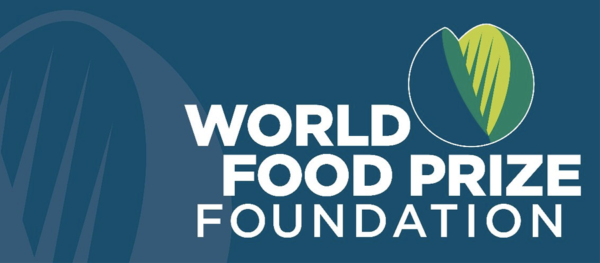Tag: wfp

Nominations Now Open for the 2022 World Food Prize!
Global: Celebrate the accomplishments of those who have advanced human development by improving the quality, quantity, or availability of food in the world, by nominating an individual or individuals for the 2022 World Food Prize!
Read MorePurchasing Pulses to Support Women Producers
Africa & Middle East: Senior Programme Adviser at World Food Program's Purchase for Progress explains the power of buying a bag of pulses from a female farmer.
Read MoreFrom Food Aid to Food Assistance with Ertharin Cousin, World Food Program
Global: For the second episode in our brand new series of Farming First TV interviews, we spoke to Ertharin Cousin, Executive Director of the World Food Programme (WFP), for an update on the Purchase for Progress (P4P) initiative. Launched in 2008, P4P enables low-income farmers to supply their crops to WFP operations. Cousin describes how WFP […]
Read More


